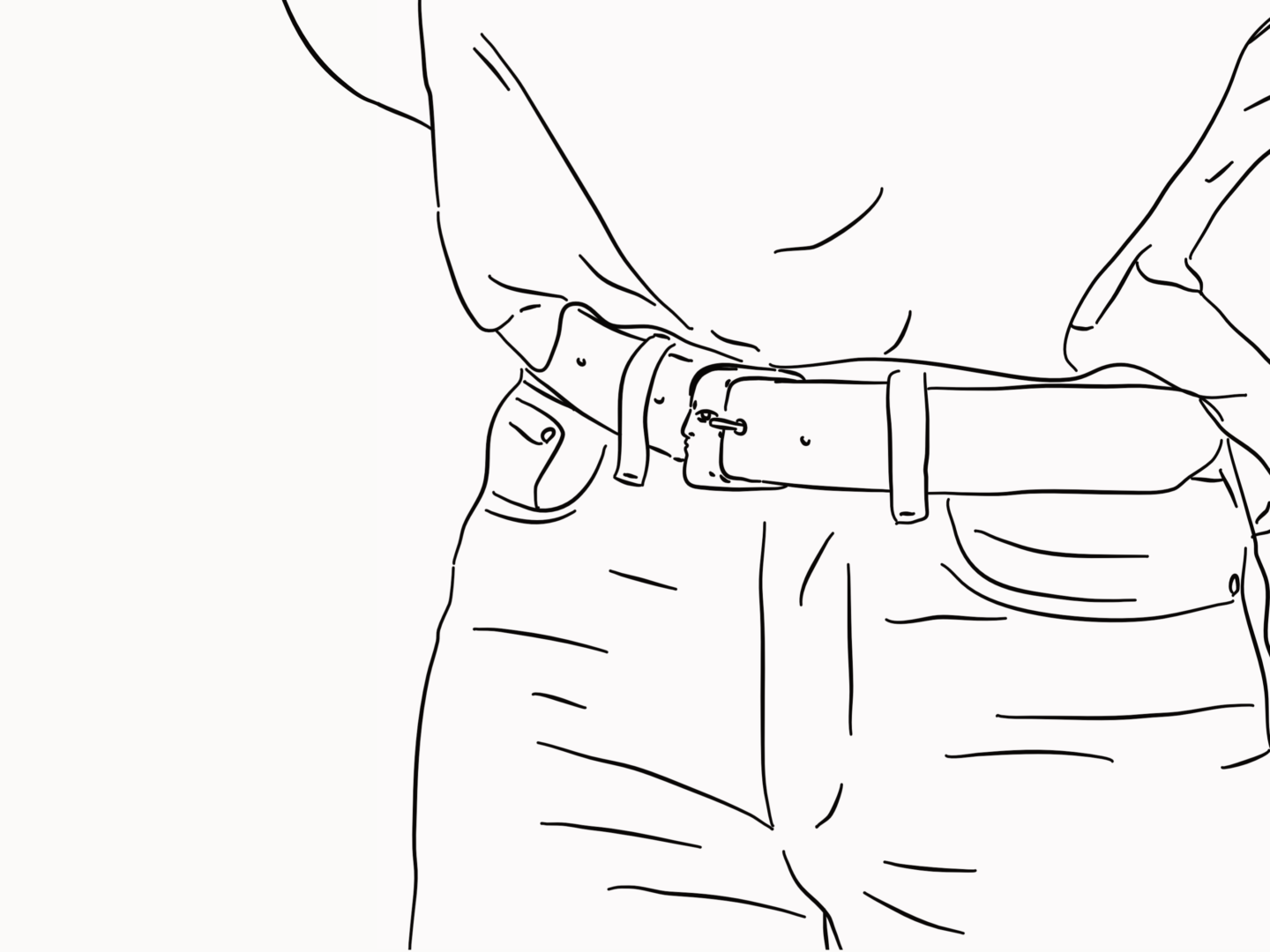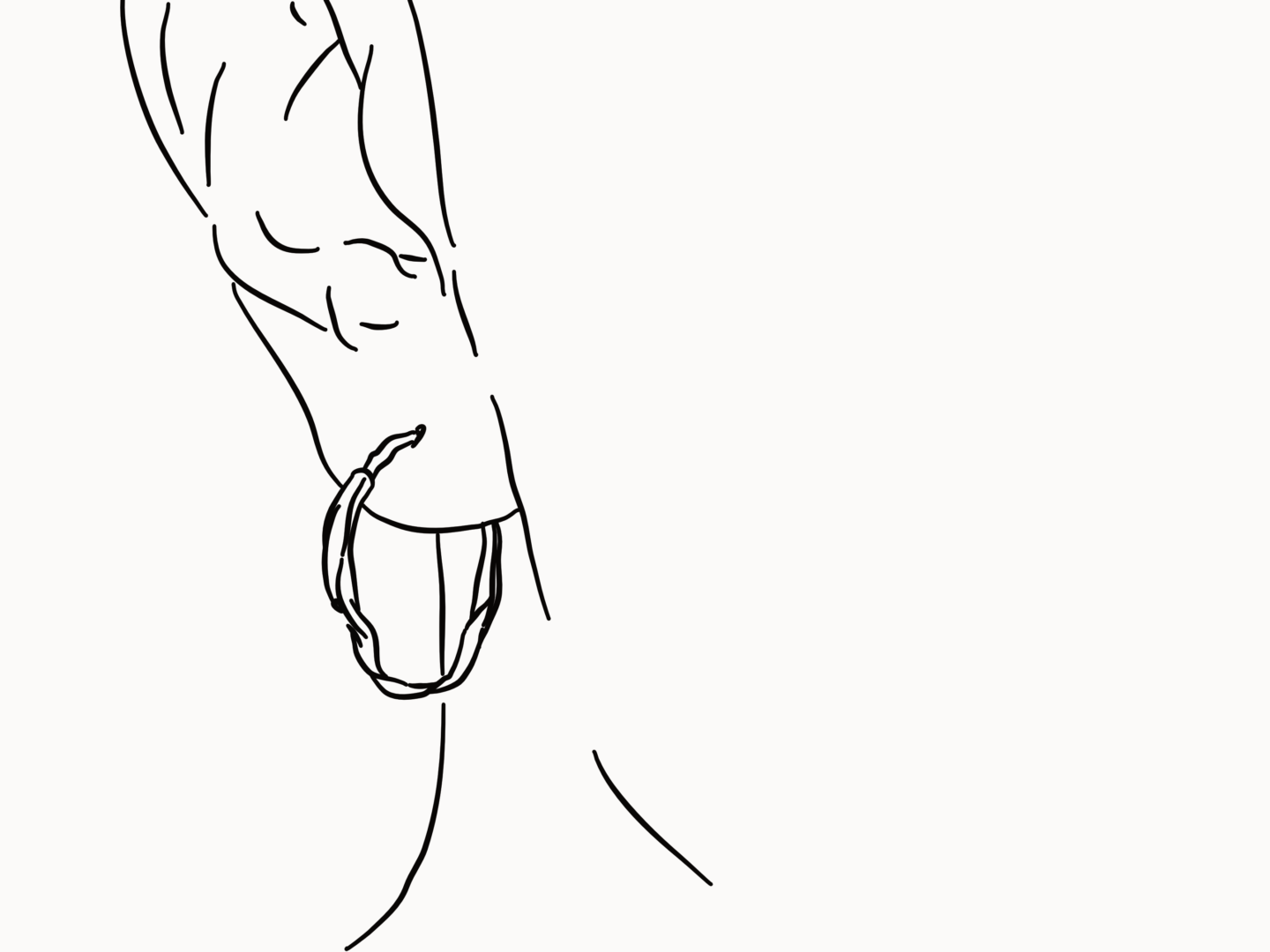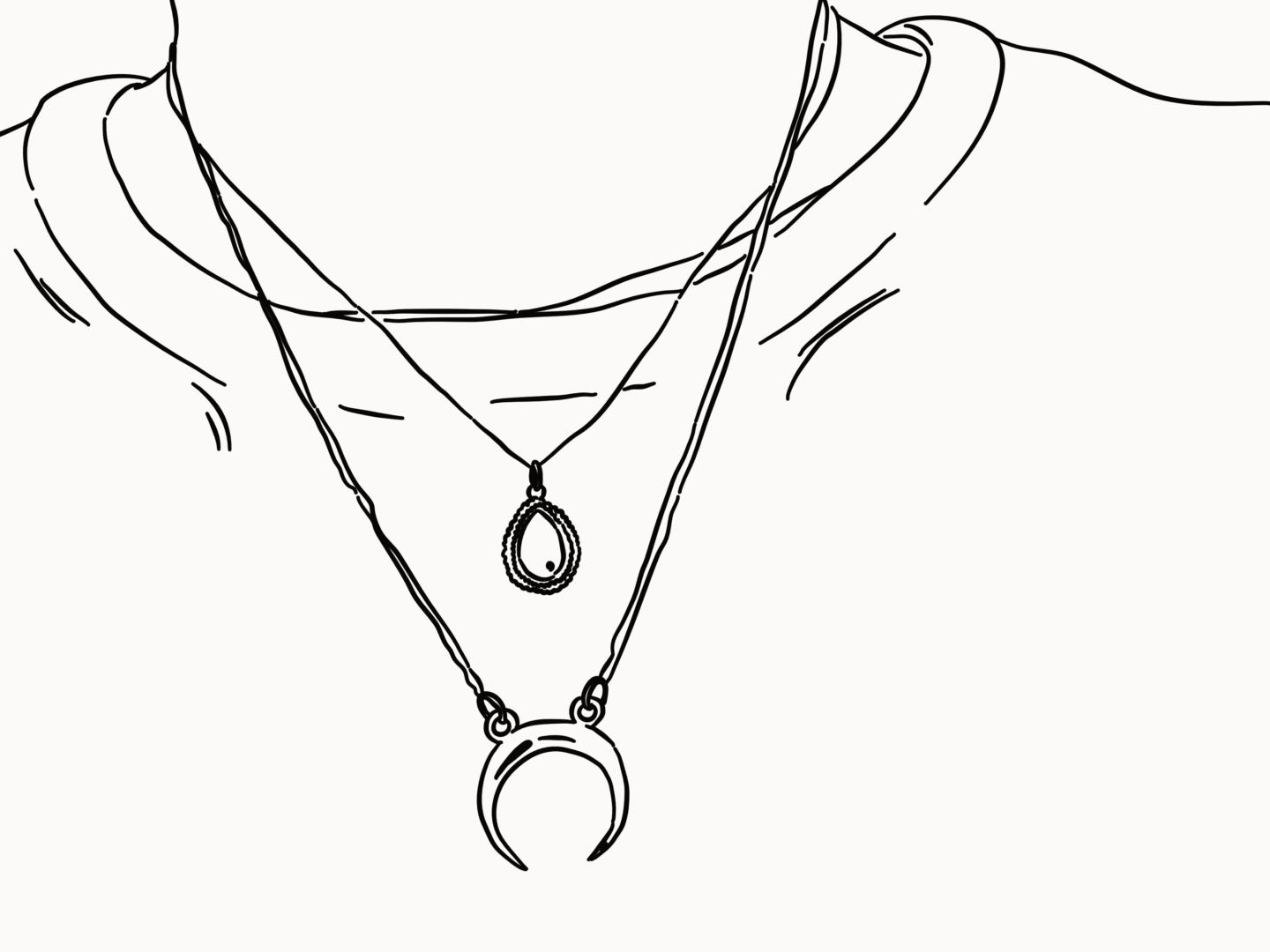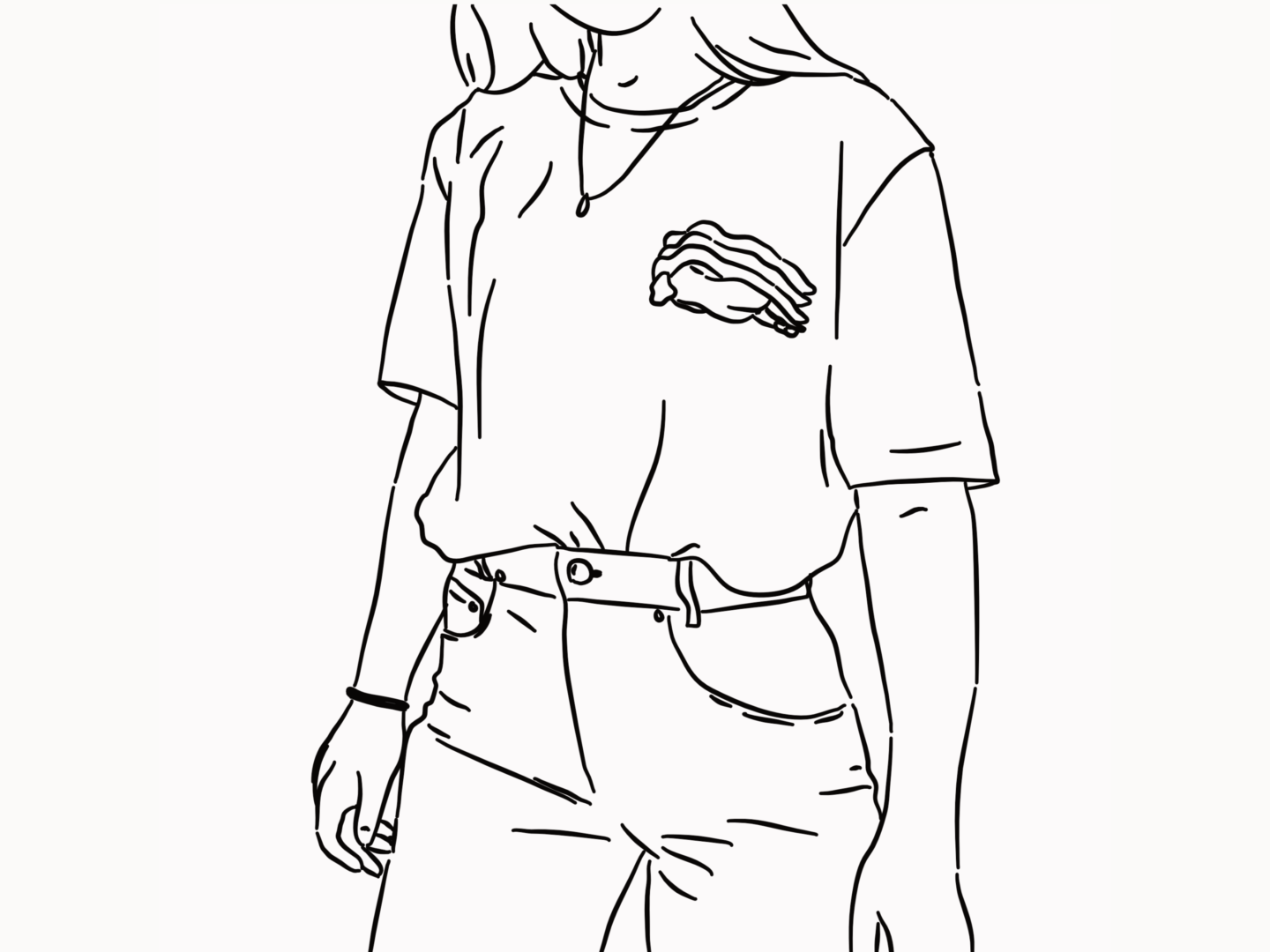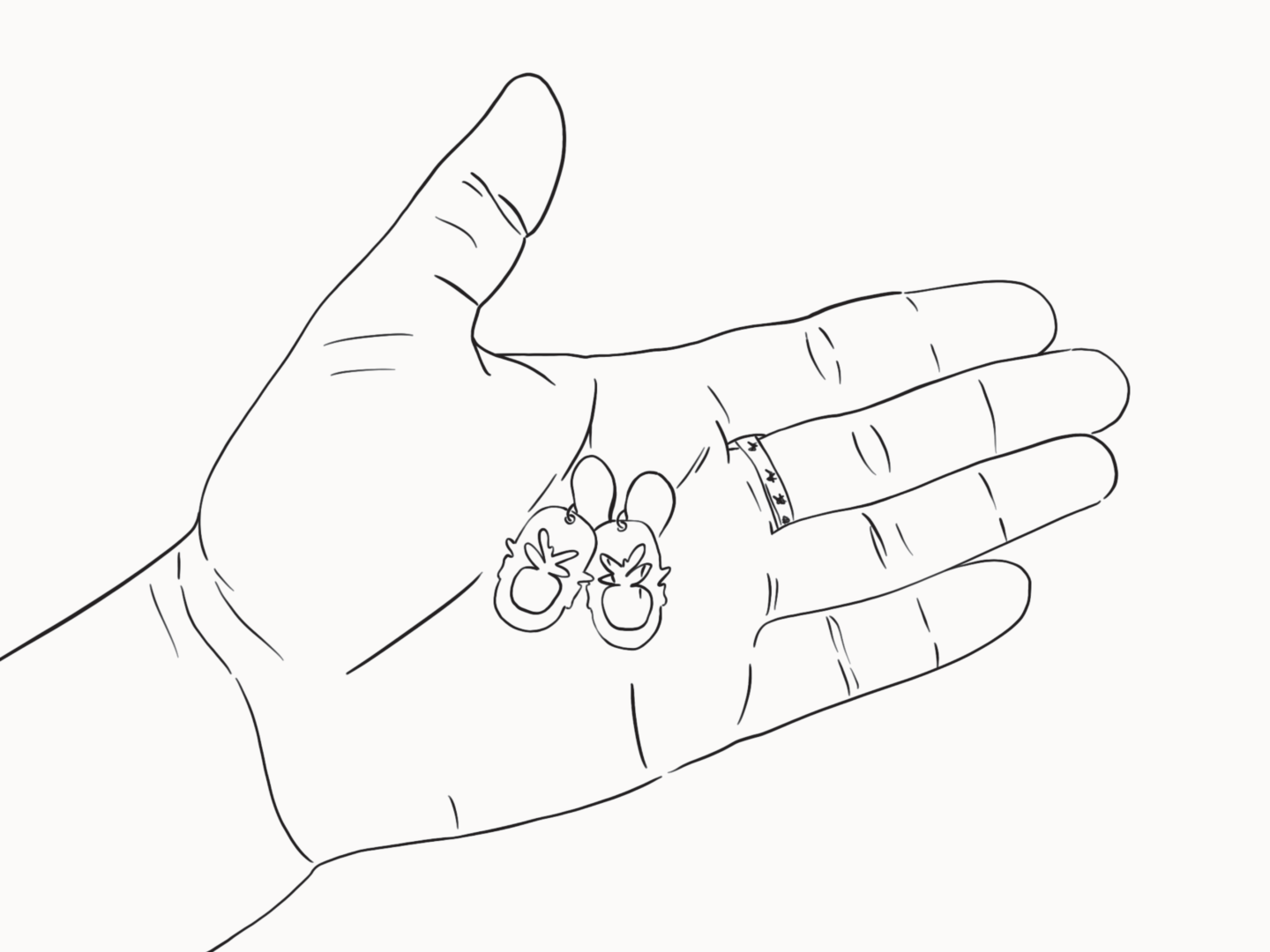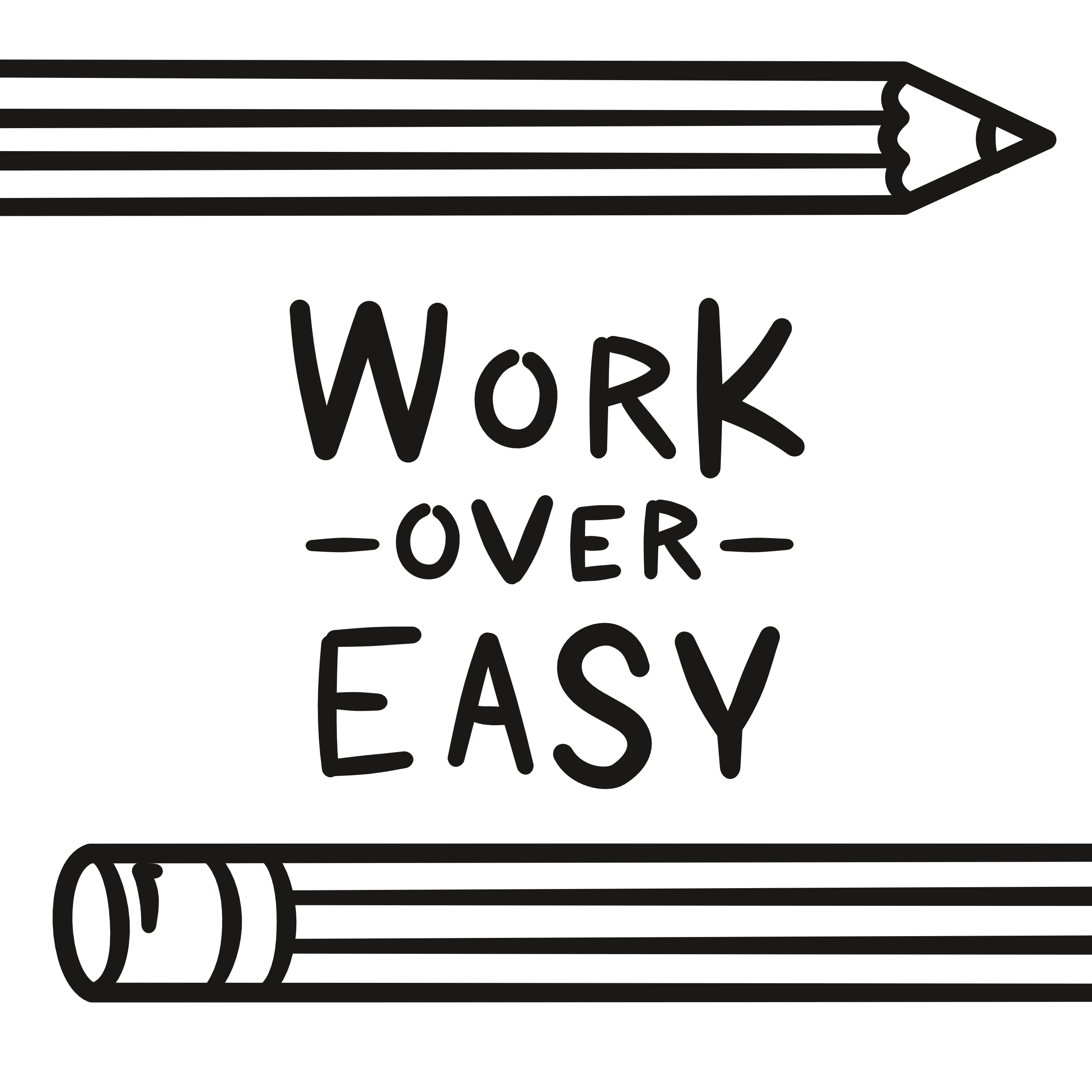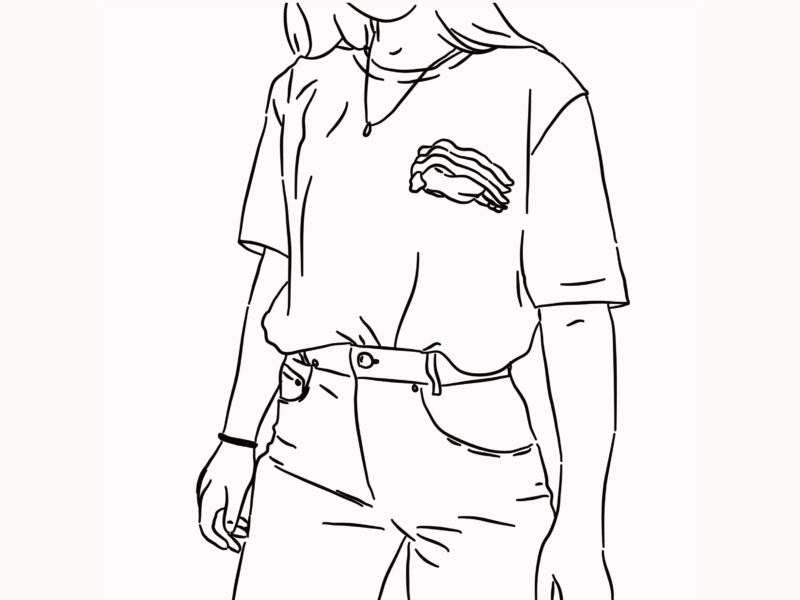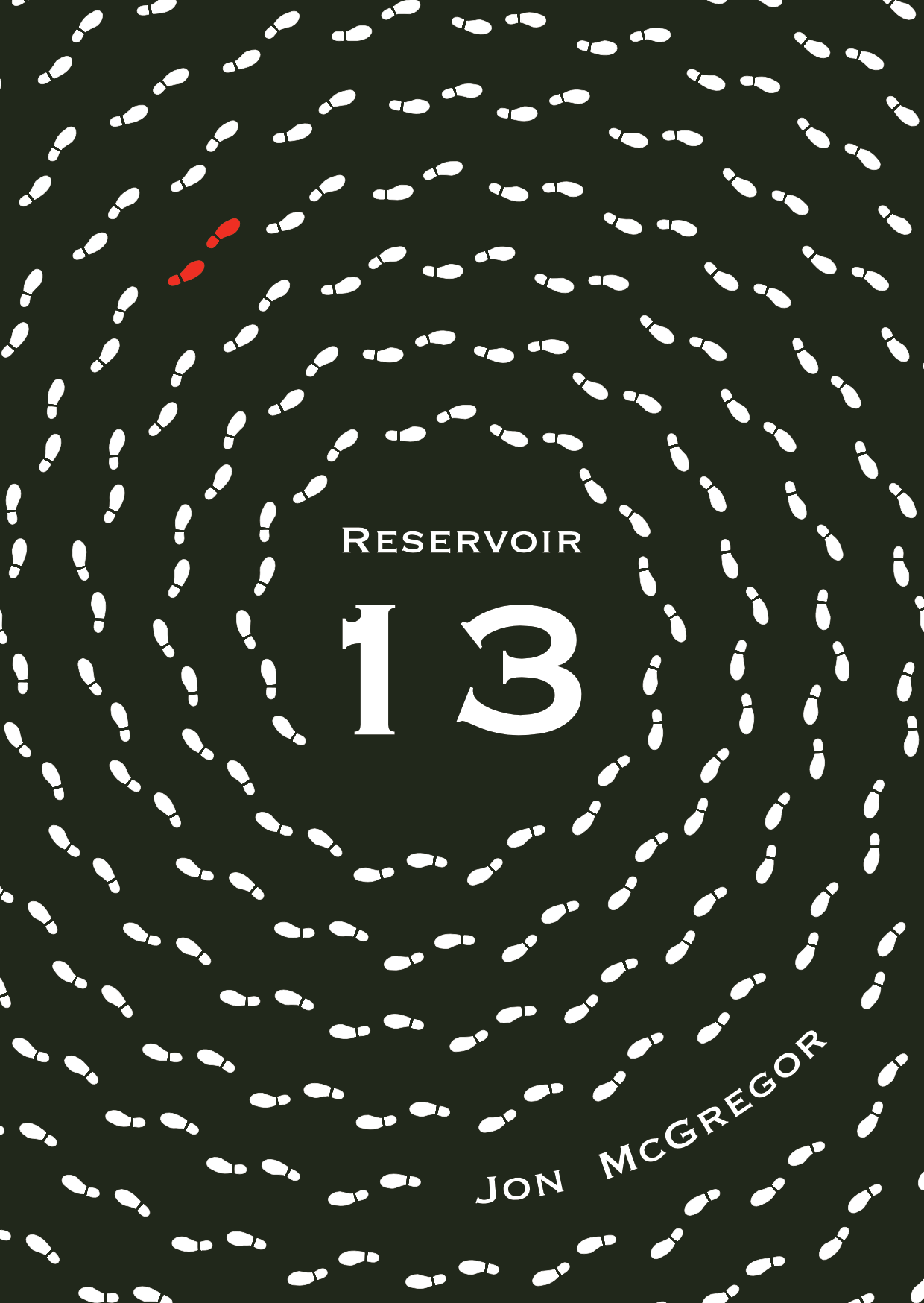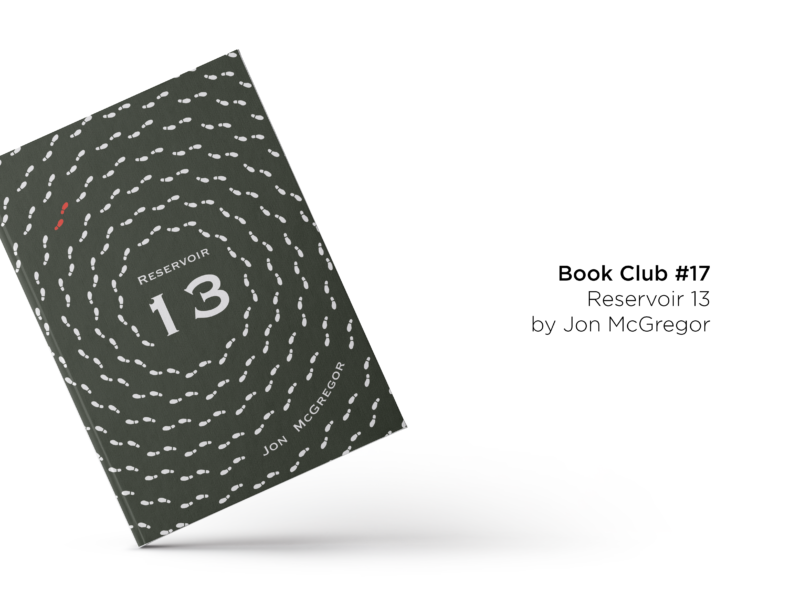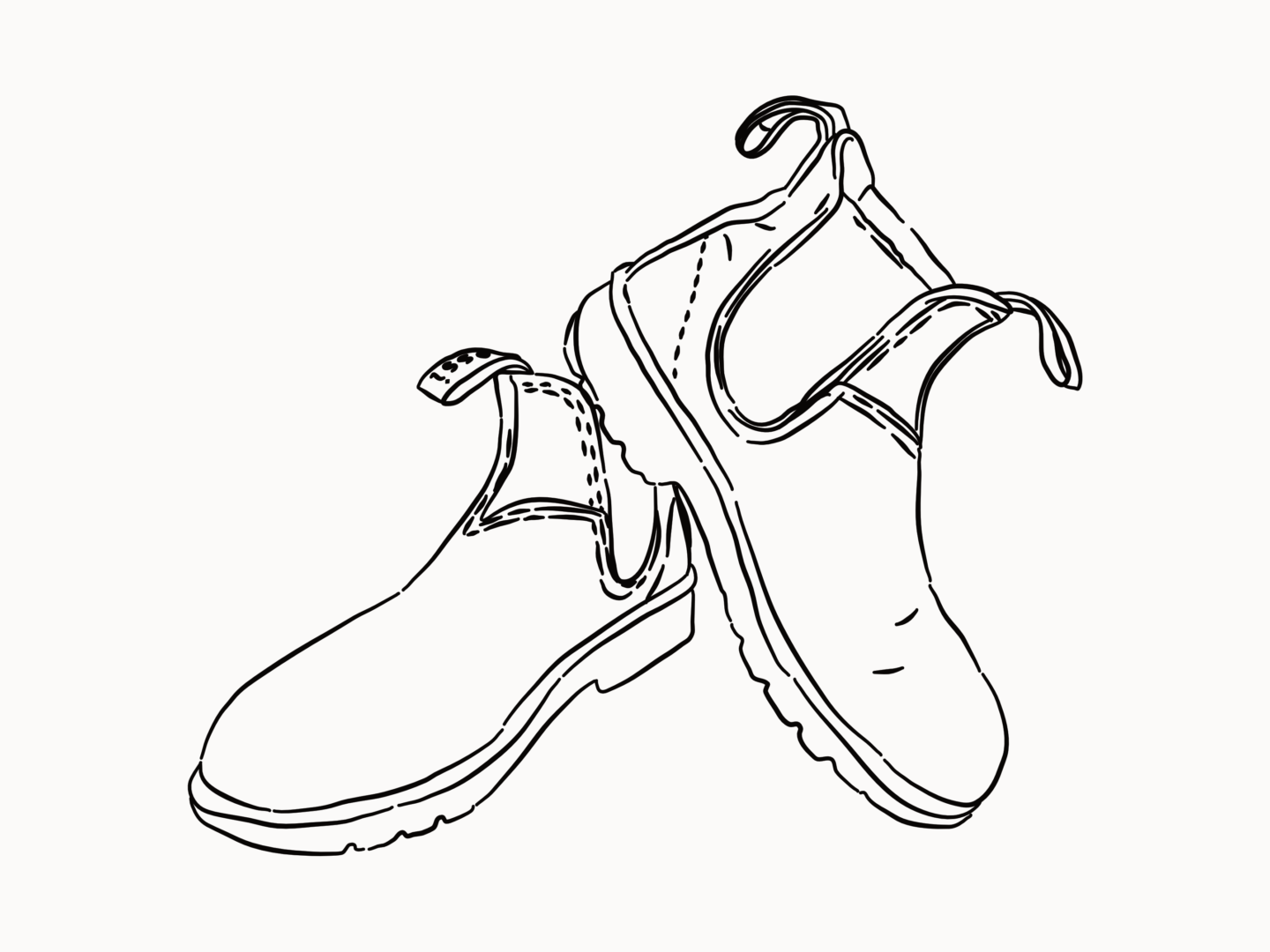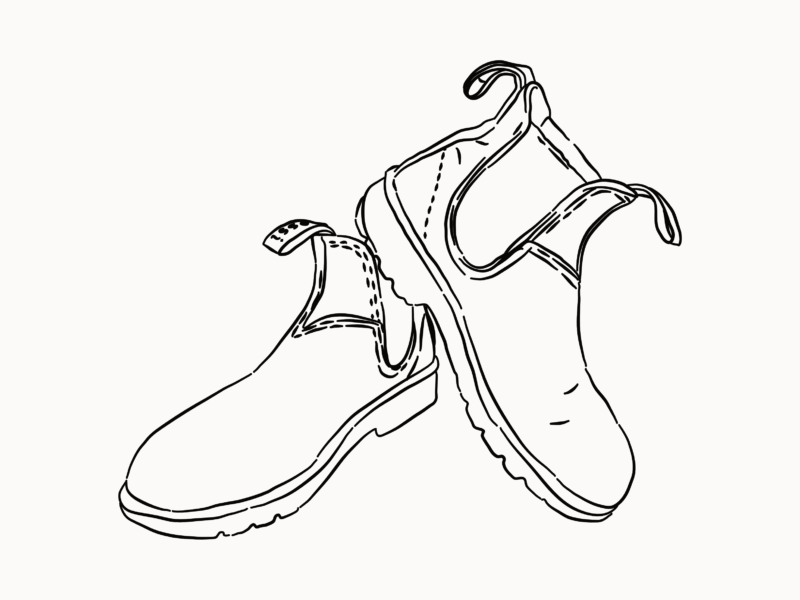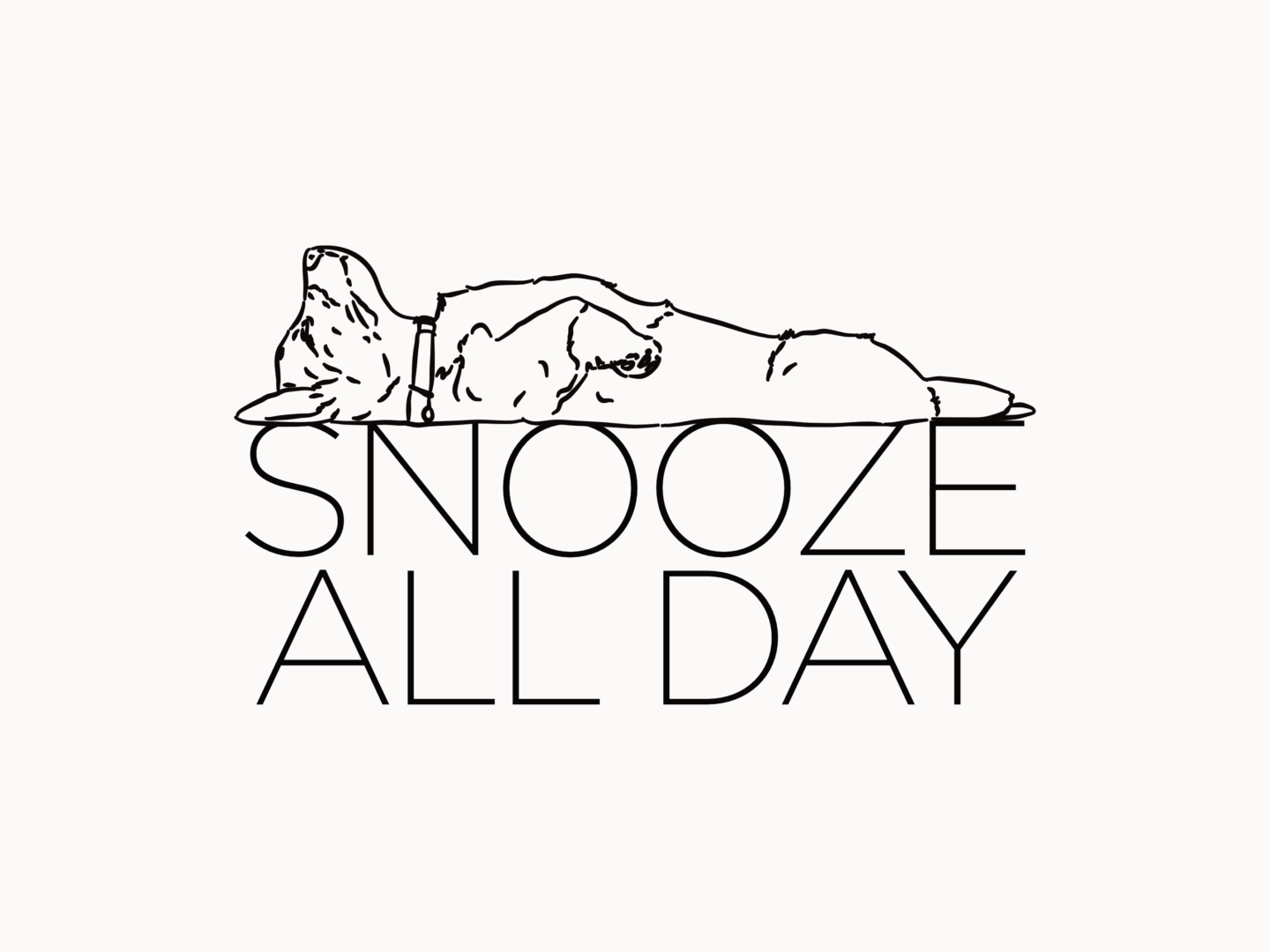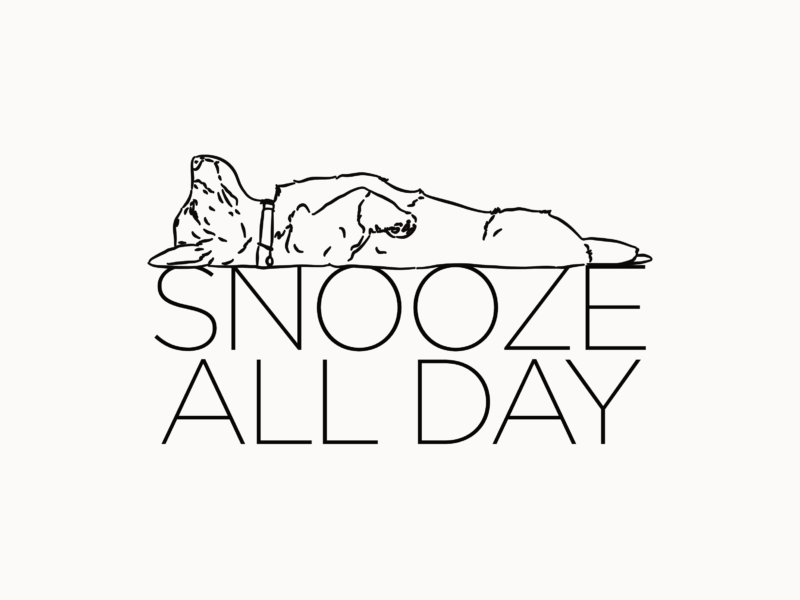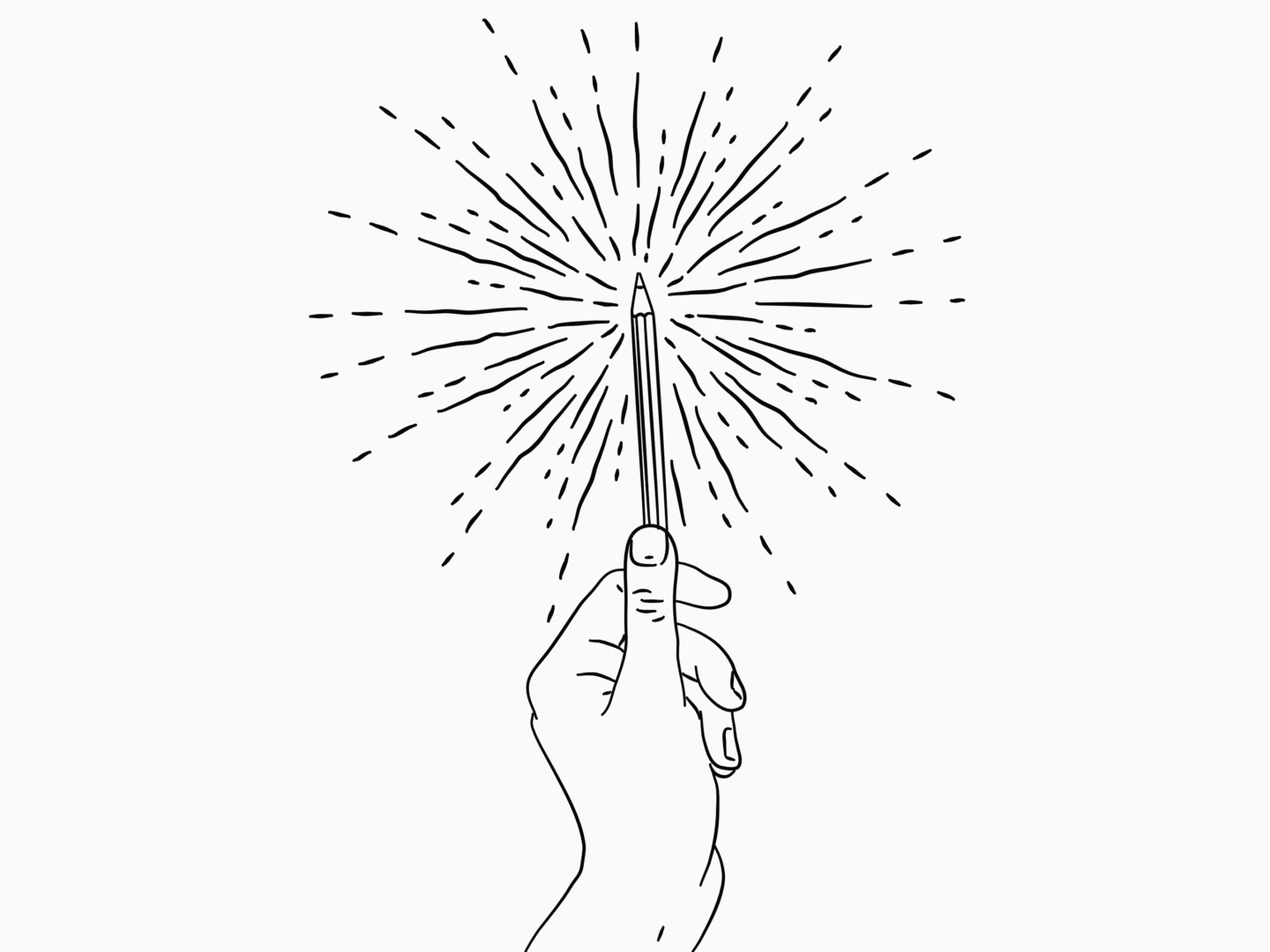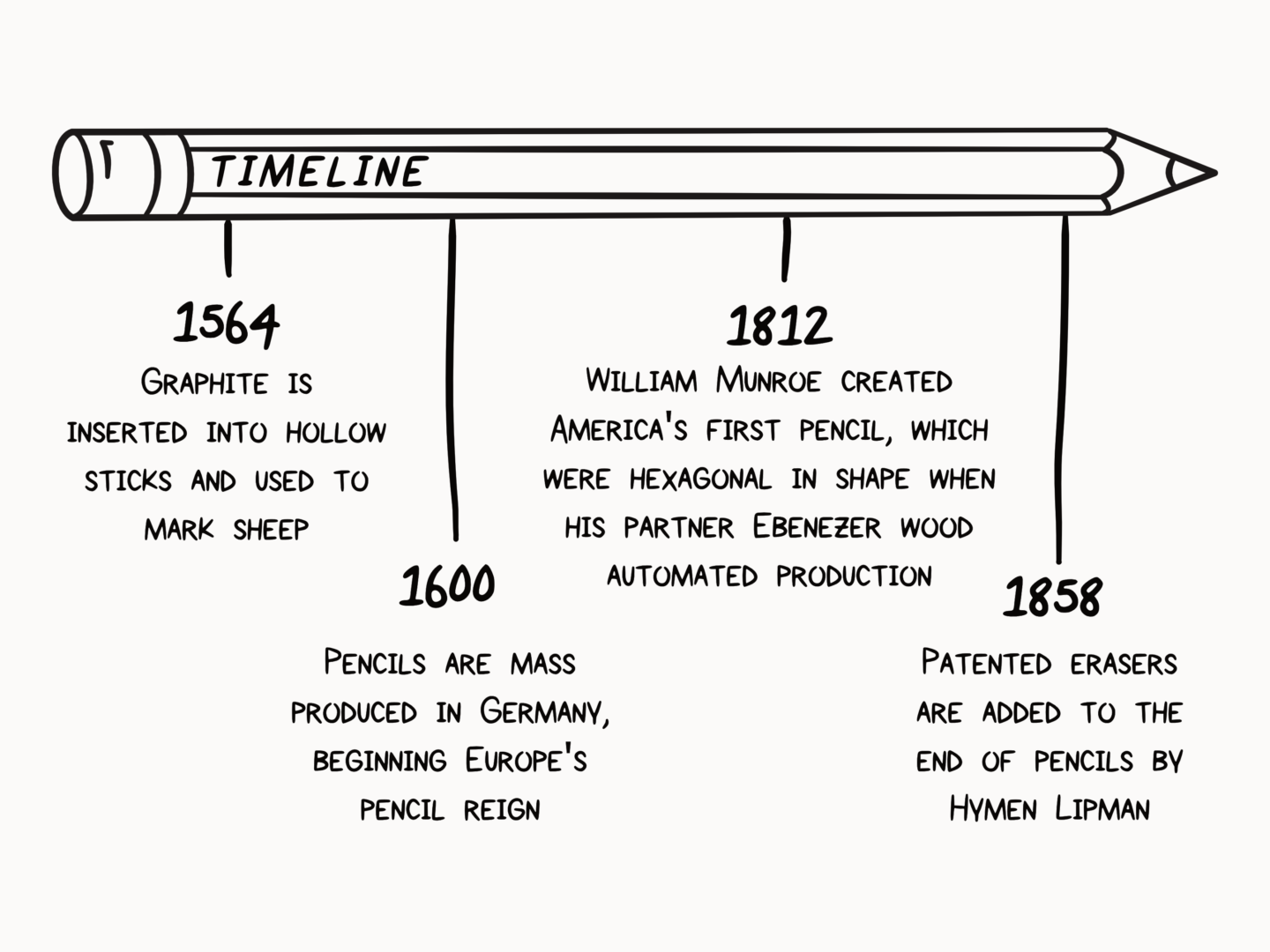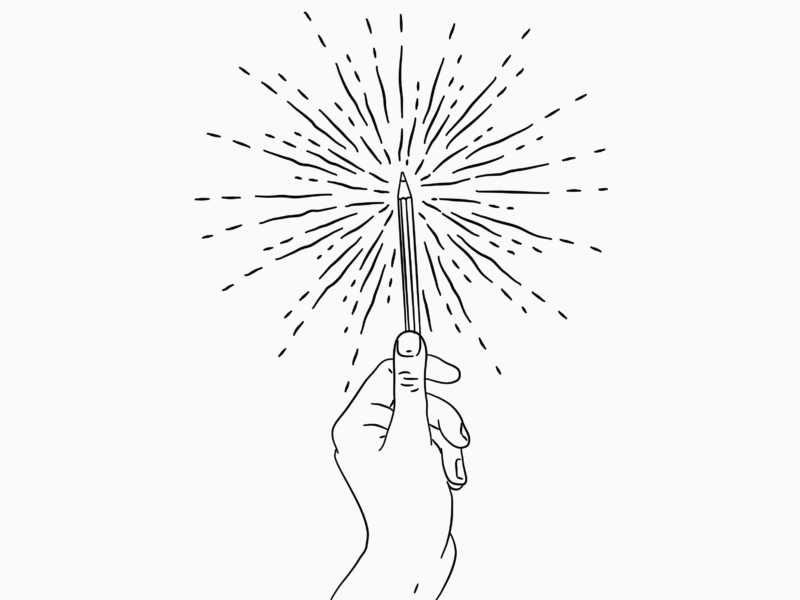If you follow me on Instagram (which you totally should by the way) you’ll know that I share a style illustration every Saturday. Over the last few weeks, I’ve started to share a few of my favourite pieces by artists and makers. There are a few pieces I wear over and over again, so I thought it was worth sharing them with you all in one place here because they’re all wonderful and because supporting other makers is even better.
Belt by Kaye Blegvad
So I spoke about my love of my Kaye Blegvad/Datter rings in my favourite design pieces post at the end of last year, so I won’t prattle on about them again here – but they are glorious and I wear at least 3 of them every single day. Instead, I want to talk about this really special belt I picked up at the start of the year. When I say picked up I mean I fawned over for months and then got a friend in America to post over to the UK for me because I was so obsessed. It’s got a hand-carved brass face buckle which adds something interesting to even the most boring t-shirt and jeans outfits AKA what I wear most days. I do need to remember that I need to take it off before I go through any security checks though.
Wave hoops by Sacet
Hoops are my go-to earrings most of the time, because they’re so comfortable, even if I forget to take them off before bed which may or may not happen too frequently. These mid-sized hoops from Sacet have a lovely little wave to them which makes them a bit more interesting than your standard pair. Facet is a brand which supports craftspeople and designers, making sure everyone involved in making their jewellery is treated fairly and visible in the process, so while they’re not an individual maker they’re well worth inclusion on this list. Their stuff is even made from 100% recycled silver which is just the cherry on the top.*
*Sacet did very kindly send me these earrings for review, but this review is all my own.
Crescent necklace by Oh My Clumsy Heart
Sophie AKA Oh My Clumsy Heart makes the loveliest minimal jewellery. I have a pair of her arch earrings, but the newest piece to my collection is her crescent necklace in gold which is perfect for layering if I’m wearing something a little more low cut or wearing on top of a turtleneck (let’s face it, it’s pretty much always turtleneck weather in the UK) when it’s a little colder because the chain is just long enough. Bonus points for the fact that all of her pieces are super duper affordable if you’re looking for a simple special something to add to your collection or as a gift.
T-shirt by Tallulah Fontaine
As you can tell, most of my favourite pieces are accessories, but I have to make space on this list for what is my most comfortable and well-designed t-shirt. I’d been wanting to buy something featuring Tallulah Fontaine’s illustrations for a while now (remember that time I fan-girled over her super hard?), and a few weeks ago I finally made it happen with this dreamer t-shirt. I can already tell I’m going to be wearing it all summer. I got it via Black Winnebago Club whose packaging is some of the nicest I’ve seen and are just generally a lovely place to buy great pieces by great designers/illustrators.
Magritte earrings by Pieceofka
These are my special occasion earrings. They were the earrings I got my ears pierced for and I love them to this day. They’re laser cut, Magritte inspired wonders. Just big enough to catch the eye, just weird enough to start a conversation and break the ice at any awkward mingling event. Pieceofka, formerly Wild Thing Studio, custom made them for me 4 or 5 years ago now so they’re not available for purchase but her store is filled with some really beautiful pieces, especially if you’re into geometric designs.

